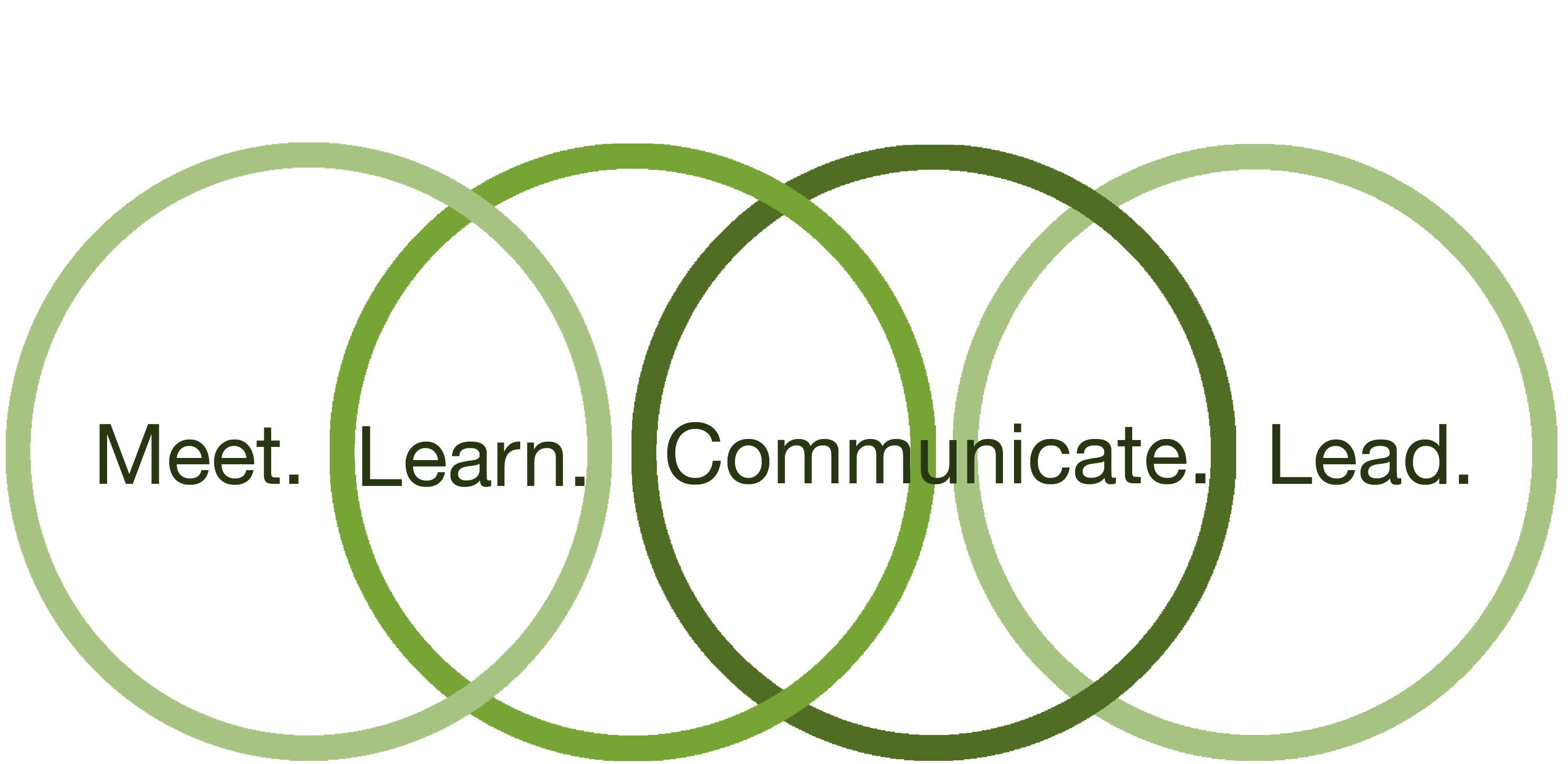How Do I Engage the Introverts?
- Lynette Van Steinburg
- Jun 22, 2017
- 3 min read
This is a question I hear a lot; it's the wrong question.

Chances are the introverts in your audience are just as engaged as the extroverts, but how they participate is often different.
Extroverts typically like to speak while they think; Introverts prefer to think before they speak. So, when you ask a question the extroverts are quicker to verbally respond because that's how they process thought. The introverts are engaged too, but they're processing their thoughts through quiet reflection.
The question you really want answered is:
How do I get participants to share their thoughts and ideas?
The answer is based in how you structure your meetings.
I have been in countless meetings where the facilitator has said to me afterwards, "I wish people would participate more." But, more often than not, the meeting was a basic lecture format that did not truly encourage participation.
Here are a few tips for creating a participation rich atmosphere for your meetings:
Ensure your meetings are about getting something done rather than imparting information. In order to get people to participate, you have to give people something to participate about; listening to someone debrief a report does not induce participation (although it may induce snoring). Collaborate. Discuss. Decide.
Provide information to individuals before the meeting (and suggest they book time in their calendar to read it). Make the meeting about discussing the content; include thought provoking comments and questions in the agenda (and, yes, you need to provide an agenda beforehand). BONUS: you just gave the introverts time to process their thoughts before the meeting so when you ask a question in the meeting they'll be ready to share.
Give everyone time to participate. If you have 3 introverts and 3 extroverts on your team and you only allow enough time for verbal answers from 2-3 people, chances are you're going to hear mostly from the extroverts because they're ready to speak more quickly. If you want verbal responses, leave enough time for everyone to speak or pause for reflection after you ask the question and before you open the floor for responses.
Know the venue you're presenting in. If it's a face-to-face meeting then you get a lot of answers through body language, gestures and verbal response so take advantage of this but use whiteboards and flip charts too. Get people out of their seats! When those same people are in an online meeting they default to their comfortable favourites, but gestures and body language are limited at best and relying solely on verbal-only responses becomes limiting due to time constraints. If the meeting is online then you need to provide options for sharing - verbally, chat, gesture icons, annotation, visual polling - there are lots of options if you take the time to use them. CAUTION: using these options simultaneously is a skill that takes time to learn. Consider adding roles like 'chat monitor' to your meetings when you start to use multiple communication channels at once so that feedback isn't delayed or overlooked.
Set expectations and use your tools to your benefit. I often start online meetings by saying I want everyone to answer every question. The big advantage that online has over face-to-face is that you can use the tools to have everyone answer the same question at the same time (which, by the way, takes less time) and then you can choose to drill down on certain comments or ask individuals to elaborate.
Stop killing conversation with text overload. Reading should be done outside of meetings and PowerPoint is for presentations, not documentation. An image will generate more discussion than a screen full of text. Use visuals whenever possible and keep text to an absolute minimum. Even better, give people the opportunity to interact with the visual as part of the discussion by encouraging annotation.
Get people interacting from the moment they join the session. Asking a question at the beginning sets the expectation that discussion is encouraged. Social questions encourage team bonding and give you visibility into the participants' current frame of mind. Topic related questions help people get focussed on the task at hand.
Take the time to understand your audience. Many people equate introvert with 'shy' because they don’t speak up right away, but I'm an outgoing introvert and my Dad was a shy extrovert - if you asked us the same question, he would always speak before me. Instead of worrying about labels, focus on increasing opportunities and expectations around participation and you'll see results.
For more tips about creating an effective virtual workplace, subscribe to my website.




Comments